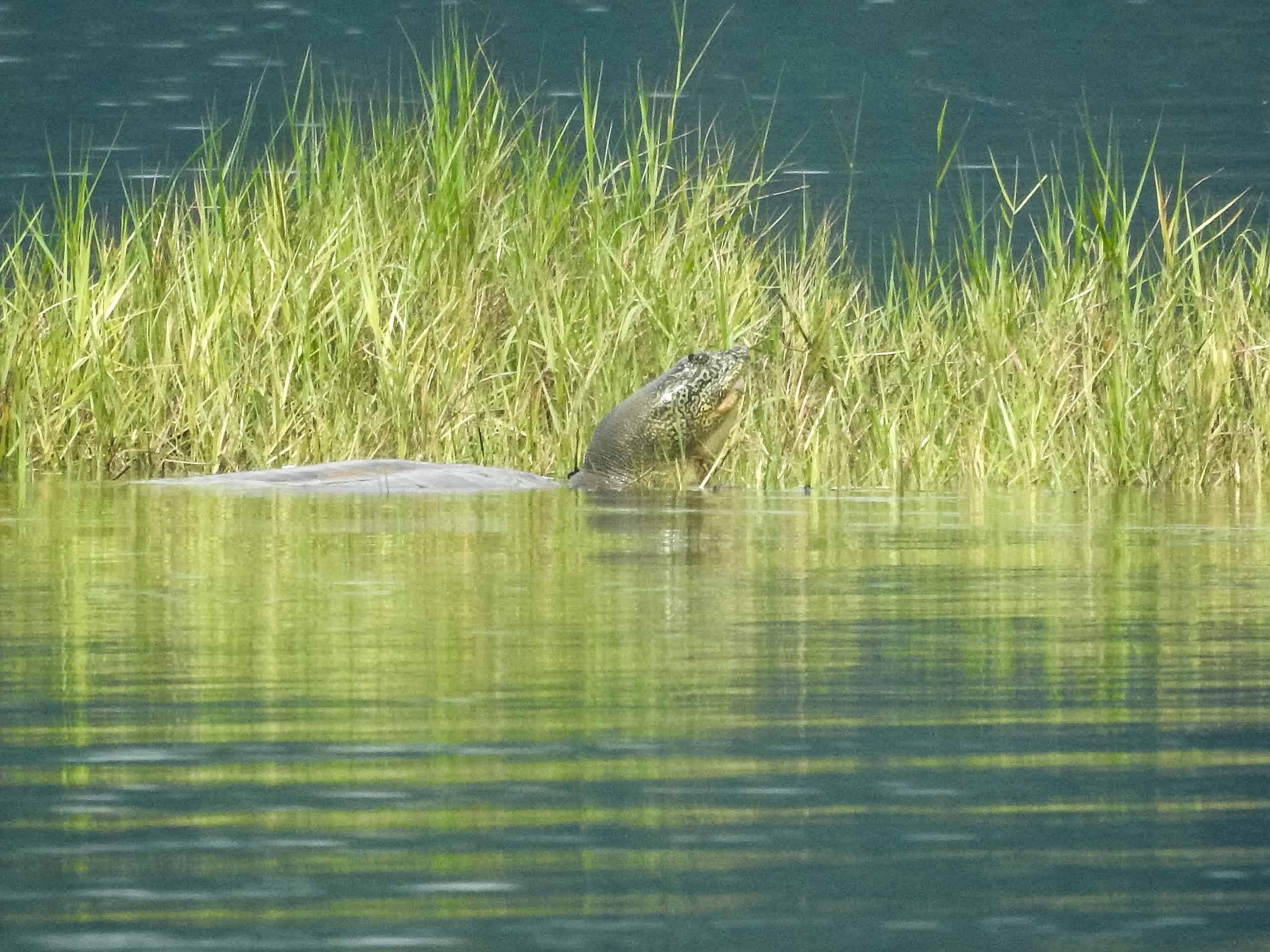Share this article
TWS Position Statement: The Role of Firearms in Wildlife Conservation and Management in North America
Back to Position Statements page
Firearms are an important tool for wildlife conservation and management in North America. Wildlife professionals regularly use firearms as part of their management, research, and law enforcement programs. For example, firearms are used to protect field personnel from dangerous wildlife encounters, humanely euthanize wildlife, reduce wildlife populations to reach specific management objectives, and resolve human-wildlife conflicts through the removal of individual animals. Firearms are also essential for conservation law enforcement.
Regulated hunting and trapping are used to help achieve some wildlife population management goals and objectives. Personal ownership and use of firearms is integral to traditional, social, cultural, economic, subsistence, and wildlife management purposes of hunting and trapping.
The sale of firearms in some jurisdictions in North America also play a key role in financing wildlife conservation and management programs. In the United States, the Federal Aid in Wildlife Restoration program, established by the 1937 Pittman-Robertson Act (16 U.S.C. §669) directs revenue from a federal excise tax on firearms, ammunition, and archery equipment to state and territorial fish and wildlife agencies. These funds are dedicated to wildlife conservation, management, research, and restoration projects for wild birds and mammals as well as to help fund instruction on firearms safety, recruitment and retention of target shooters and hunters, and the construction and maintenance of shooting ranges. Through 2022, the Pittman-Robertson Act has provided more than $14.6 billion to state and territorial fish and wildlife agencies. Non-hunting uses of firearms (e.g., target shooting, personal defense) contribute to this fund, and in recent years generate about 70% of the revenue. The sale of hunting and trapping licenses combined with the revenues generated by these excise taxes account for the majority of funding for state and territorial wildlife conservation and management programs. The distribution of funds and oversight of projects to ensure they meet statutory and regulatory requirements is administered by the U.S. Fish and Wildlife Service.
The policy of The Wildlife Society regarding firearms in wildlife conservation and management in North America is as follows:
- Recognize the legal sale, ownership, and responsible use of firearms by hunters and trappers is important for wildlife conservation and management.
- Recognize that firearms are an appropriate method to quickly, safely, and humanely dispatch wildlife in a manner that can allow for sustenance use of the animal.
- Support training in the responsible use of firearms for wildlife students and professionals for managing wildlife, resolving human-wildlife conflicts, humane dispatch of animals, public safety, and personal protection.
- Support the development and continuation of educational programs focused on firearms safety and the responsible, legal use of firearms related to hunting, trapping, and target shooting. This includes supporting and improving hunter education programs, and encouraging the development and maintenance of public shooting facilities to foster safe and skillful firearm use.
- Encourage the exchange of information among wildlife professionals about laws, regulations, and customs related to the legal ownership and use of firearms in wildlife conservation and management across North America.
- In the United States, support the integrity of the Pittman-Robertson Act and its implementing regulations and policies:
- Work to ensure that the revenues derived from these federal excise taxes continue to be used by state and territorial fish and wildlife agencies solely to support wildlife conservation, management, research, and restoration projects as well as other eligible activities, as stipulated in applicable laws, regulations, and policies;
- Encourage communication and outreach initiatives with industry, nongovernmental organizations, and fish and wildlife agency partners to maintain and increase support for state and territorial programs funded via the Pittman-Robertson Act;
- Encourage state and territorial fish and wildlife agencies to use Pittman-Robertson Act funds to increase access and support for programs that advance wildlife conservation and management, firearms safety, and access to shooting facilities, including under-resourced communities.
Approved by TWS Council in March 2023.
The Role of Firearms in Wildlife Conservation and Management in North America Position Statement pdf








